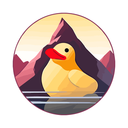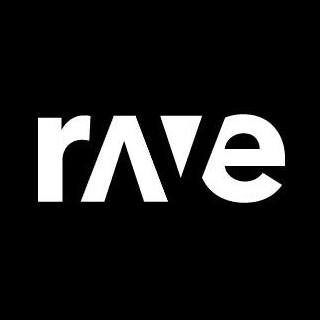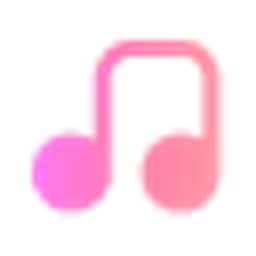What is Musenet?
MuseNet is an advanced deep learning music-generating tool developed by OpenAI that generates original musical compositions using up to ten instruments and a range of styles, including classical, pop, and jazz. MuseNet, using a deep neural network trained on huge amounts of MIDI files, can generate complex pieces that merge styles and genres, making it perfect for composers, producers, and amateurs. Its ability to identify musical structure and harmony enables it to create coherent pieces even when combining unexpected genres. MuseNet enhances the opportunities for creativity, experimentation, and rapid prototyping in music production.
Key Features
Musenet key features are
- Multi-Instrument Compositions: MuseNet provides music using up to ten distinct instruments at once.
- Genre & Style Blending: MuseNet can write in a variety of genres, including classical, jazz, pop, and more.
- Long-Form Music Generation: MuseNet generates coherent musical works up to four minutes long.
- AI-Driven Creativity: MuseNet uses deep neural networks to create original music based on previously learned patterns.
- Composer Emulation: MuseNet can mimic the styles of renowned composers such as Mozart or recent genres.
Pricing
Musenet offers various pricing plans
Disclaimer: For the latest and most accurate pricing information, please visit the official Musenet website.
Who Is Using Musenet?
A diverse range of users and organizations utilize Musenet
- Musicians
- Composers
- Developers
- Researchers
- Educators
- Content creators
Musenet Alternatieves
Some Musenet alternatives are
- AIVA
- Amper Music
- Soundraw
- Ecrett Music
- Loudly
- Google Magenta’s Music Transformer
Musenet Video
Conclusion
MuseNet is a game-changing move in AI-driven music synthesis, demonstrating how neural networks can understand and generate complex musical compositions spanning genres and styles. While it is not yet available commercially, MuseNet has sparked a wave of innovation in the AI music sector, impacting other tools and platforms. Its ability to collaborate creatively with users provides opportunities for musicians, educators, and technologists alike.

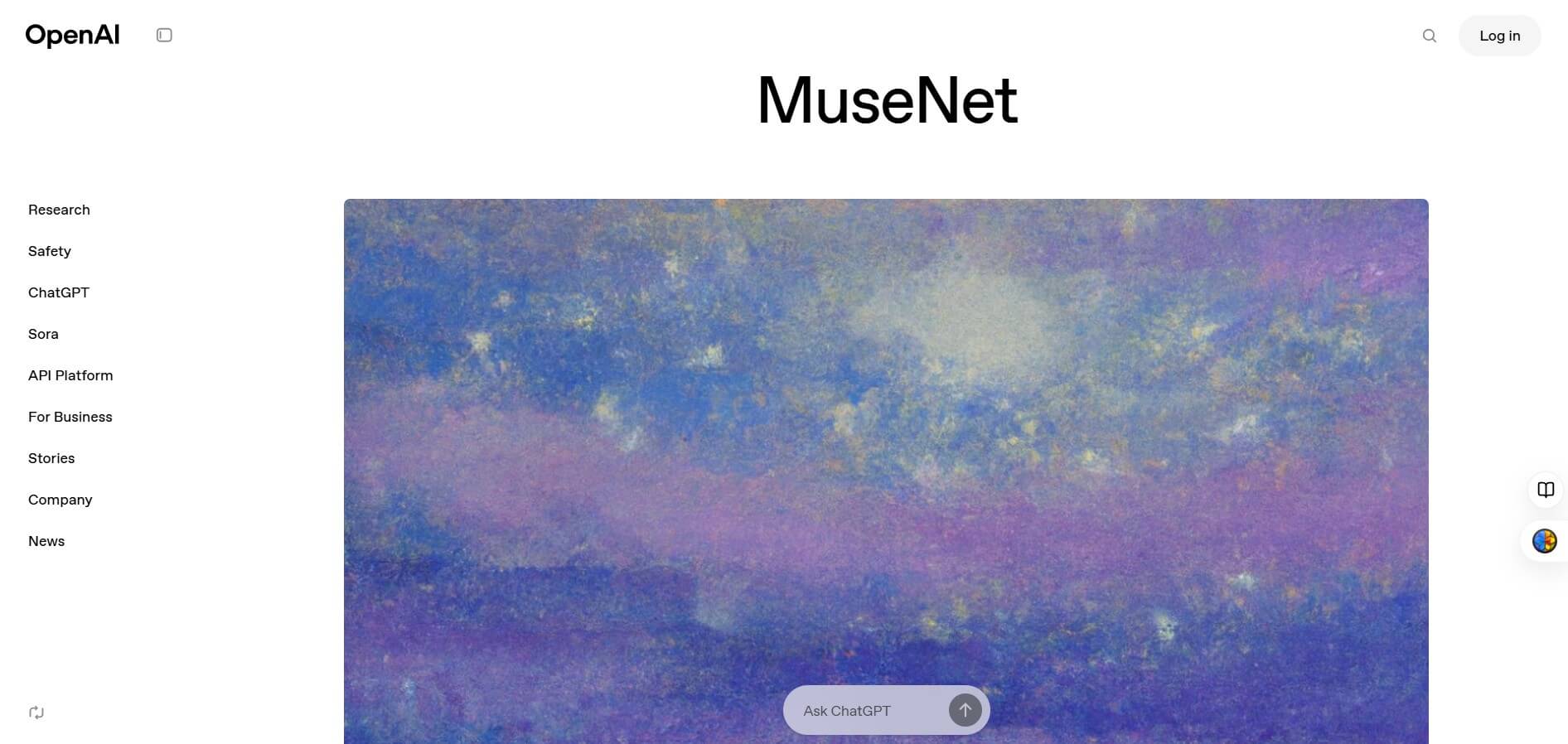





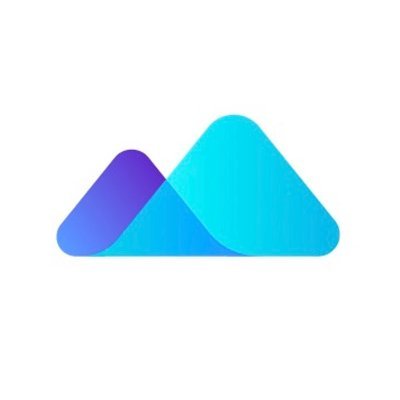

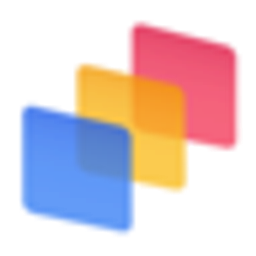

 Verified
Verified